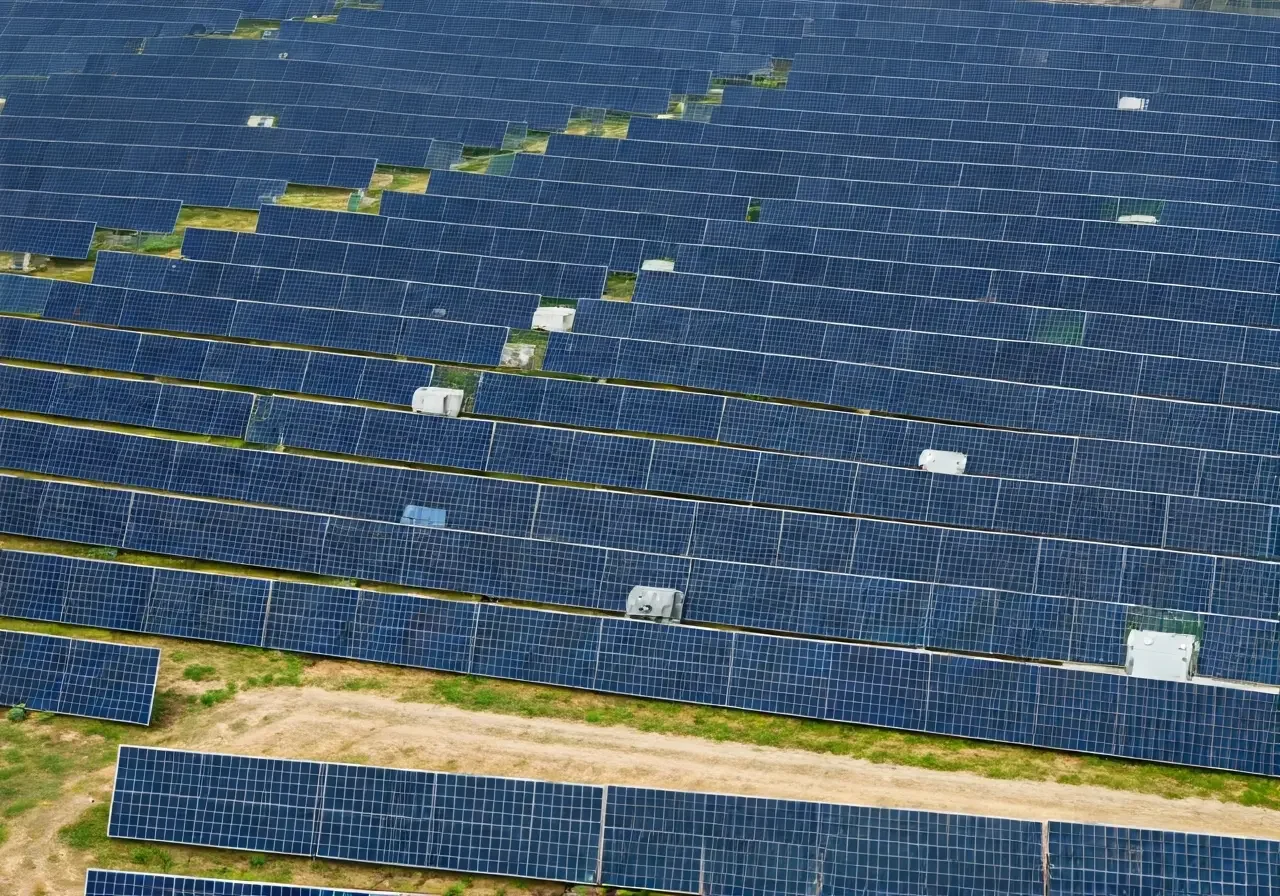Battery Systems: A Key to Resilient Energy Solutions
In today's rapidly changing world, finding reliable energy solutions is more crucial than ever. Battery systems have emerged as a cornerstone in creating resilient energy structures that can meet modern demands. Let's explore how these systems are transforming the energy landscape.
Understanding Battery Systems and Their Importance
Battery systems, at their core, store energy for use when it is needed most. By providing a buffer, they help balance supply and demand, ensuring that energy is available even during peak usage times or outages.
The backbone of modern energy resilience lies in the flexibility of battery systems. These systems are pivotal in our daily lives, offering solutions not only for residential use but also in industrial settings. As the world moves towards integrating more renewable energy sources, the role of battery systems becomes even more significant. They act as intermediaries that can seamlessly integrate into any energy setup, allowing for a more balanced and reliable supply. The ability of battery systems to store energy from intermittent sources like solar and wind positions them as a vital component in the transition to sustainable energy. By smoothing out the fluctuations in energy production and consumption, they make it possible to achieve a steadier and more predictable power supply.
The Environmental Benefits of Battery Systems
Battery systems can significantly reduce the carbon footprint of energy production. By storing renewable energy like wind or solar, they help decrease our reliance on fossil fuels and contribute to a cleaner, greener planet.
Imagine a world where the air is cleaner and ecosystems thrive; battery systems bring us closer to that reality. By optimizing the use of renewable energy, these systems lessen the direct demand for fossil fuels. This reduction is not merely about cutting emissions; it also involves conserving natural resources and minimizing environmental degradation. For example, when solar panels produce more energy than needed, batteries store the surplus for later use, essentially creating a sustainable loop that significantly reduces waste. This efficient cycle not only supports the ecological balance but also promotes greater energy independence and security.
Enhancing Grid Stability and Efficiency
One of the key benefits of battery systems is their ability to stabilize the grid. They absorb excess power during low demand and release it during peak times, minimizing stress and maximizing grid efficiency.
Incorporating battery systems into energy grids transforms them into smart grids—a leap towards efficiency and resilience. These systems smartly respond to the dynamic changes in energy demand and supply, reducing the volatility and risk of blackouts. As the energy landscape becomes more decentralized with diverse energy inputs, batteries provide the buffer needed to handle these variabilities smoothly. Whether it's a sudden spike in domestic demand on a hot afternoon or industrial surges during production hours, battery systems keep the supply chain steady, thereby ensuring a reliable and consistent electricity flow to all sectors.
Battery Systems in Emergency Situations
In emergencies, battery systems can provide an essential backup power source, ensuring that critical services remain operational even when the main grid goes down. This reliability is invaluable in disaster-prone areas.
The assurance of uninterrupted power during crises can make all the difference. In the aftermath of natural disasters such as hurricanes or earthquakes, conventional energy lines can be compromised, yet the need for electrical power becomes all the more crucial. Battery systems stand as silent guardians, ready to provide power when all else fails. They are integral to emergency infrastructure, offering support to hospitals, emergency shelters, and communication services—facilities that can't afford downtime. This reliability extends beyond crisis situations and can also serve to mitigate the impact of rolling blackouts and other planned outages.
Challenges and Opportunities Ahead
While there are exciting opportunities with battery systems, challenges such as cost, resource sourcing, and technology development must be addressed. Innovation and investment will be key to overcoming these obstacles.
As we stand at the cusp of an energy revolution, the path forward with battery systems is not without hurdles. The cost of lithium-ion batteries and the geopolitical intricacies of resource mining pose significant challenges. Furthermore, the rapid pace of technological advancements necessitates continuous investments in research and development. Yet, within these challenges lie opportunities for innovation—opportunities to develop more sustainable and ethical resource sourcing, recyclable battery technologies, and alternative battery materials that could drastically reduce costs and environmental impact. As the industry evolves, those who innovate will lead the charge in reshaping the global energy framework.
Harnessing the Power of Battery Systems for the Future
Battery systems are indeed key players in building a more resilient and sustainable energy future. As we continue to innovate and integrate these systems into our energy solutions, we move closer to achieving energy reliability and sustainability for everyone.


